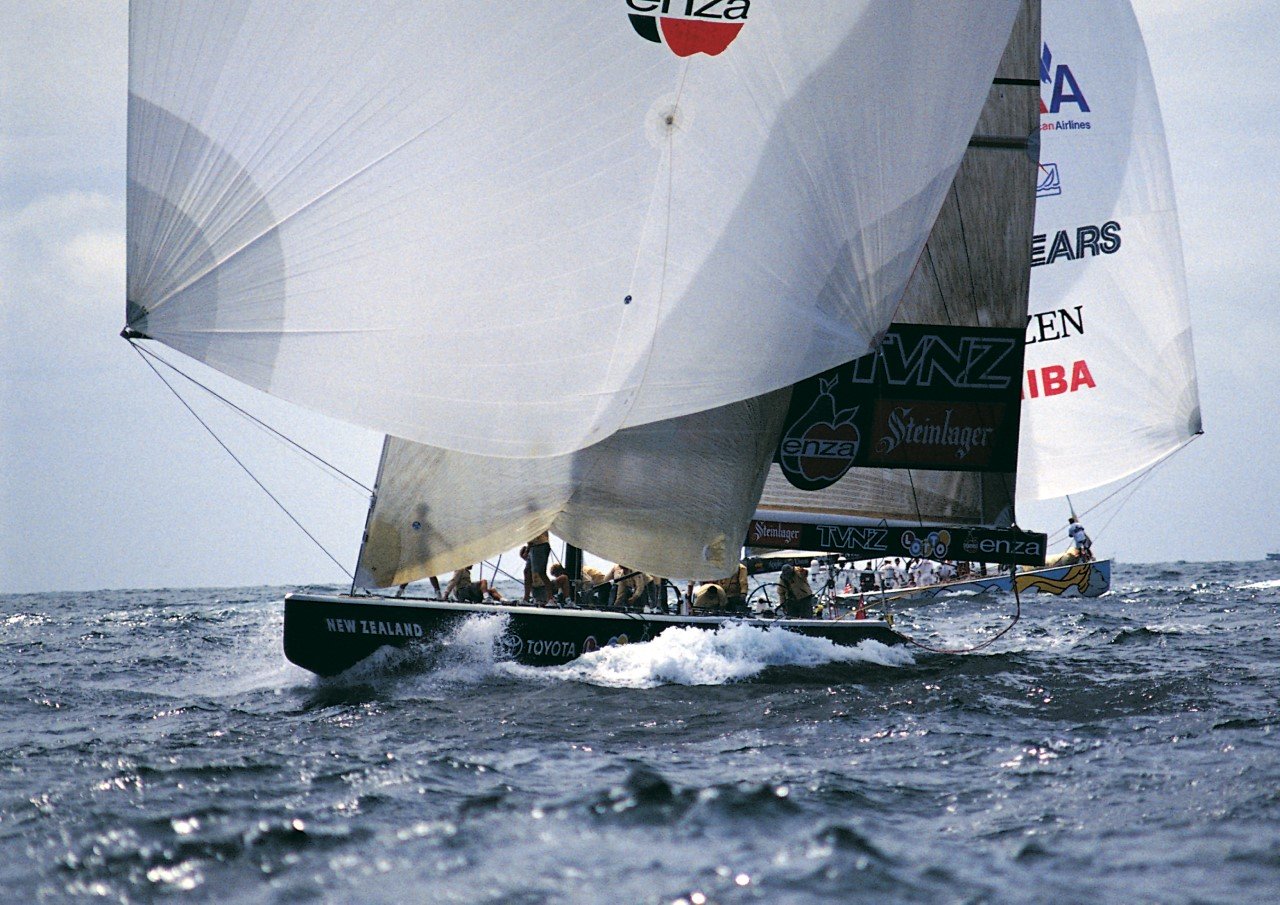RACING YACHTS
In a category all on their own, racing yachts have a wide range of unique requirements needed to create a vessel with speed, endurance and longevity.
McMullen & Wing’s involvement with racing vessels started way back in the early1970’s, building a Dick Carter design yacht for the iconic One-Ton Cup - the 1972 regatta won by Wai Aniwa in Sydney.
Since then a range of racing yachts have left the yard, bound for world-wide adventure and recognition.
WAI ANIWA - 1971
1995 : Black Magic (NZL30, NZL32)






After leaping onto the America’s Cup scene in spectacular style in 1987, New Zealand quickly became the challenger to beat. After some dramatic but ultimately unsuccessful challenges for the America’s Cup in 1988 and 1992, New Zealand regrouped under the leadership of the late Sir Peter Blake to challenge again in San Diego in 1995.
New Zealand put together a near faultless campaign, dominating every stage of the the event with superior boat speed, crew discipline and yacht reliability.
McMullen & Wing is proud to have been chosen to build the triumphant NZL38 and her sistership NZL32 and to have helped New Zealand make history in winning the world’s oldest sporting trophy.
(text from the Jules Verne Trophy website):
Just 26 days into its Jules Verne Trophy assault, the ENZA catamaran had collided with an unidentified floating object off the coast of South Africa.
Repaired in the McMullen & Wing yard in Auckland, and reshaped for the race, the “big cat” now measured 28 meters. Its hull was reinforced under its waterline, its yachts had been resized, its structure lightened.
“Forced to abandon their attempt in 1993, Peter Blake and Robin Knox-Johnston were back to try their hand at the Jules Verne Trophy in 1994. Their catamaran, ENZA New Zealand was now rated the world’s largest racing sailboat. On board this new prototype, with a crew of eight, Blake and Knox-Johnston prepared to set a new record for the Jules Verne Trophy”.
1987 : Kiwi Magic (KZ3, KZ5, KZ7)
New Zealand’s first challenge for the America’s Cup in 1987 saw the world’s first fibreglass 12-metre class yachts constructed at McMullen & Wing.
Much controversy surrounded these 'plastic fantastic' yachts, and despite having the fastest yacht in the event, New Zealand’s young sailing team were outclassed in the Louis Vuitton Cup challenger finals by the experience of American Dennis Conner and his team.
Still regarded as the fastest 12-metre yachts ever built, Kiwi Magic KZ3, KZ5 and KZ7 set the scene for dramatic changes in the event to follow, and immediately placed New Zealand centre-stage in the world’s most prestigious yachting event.




